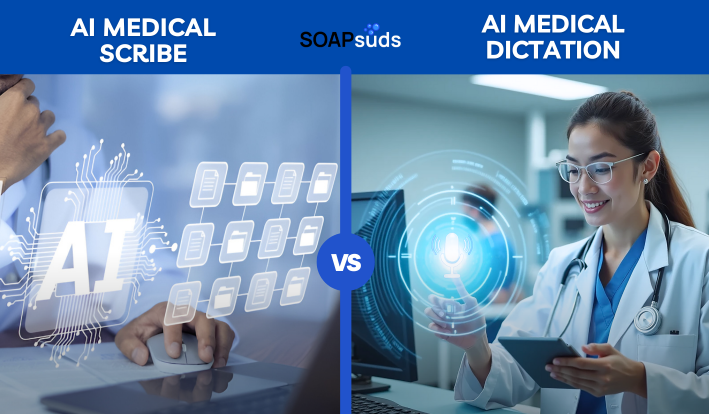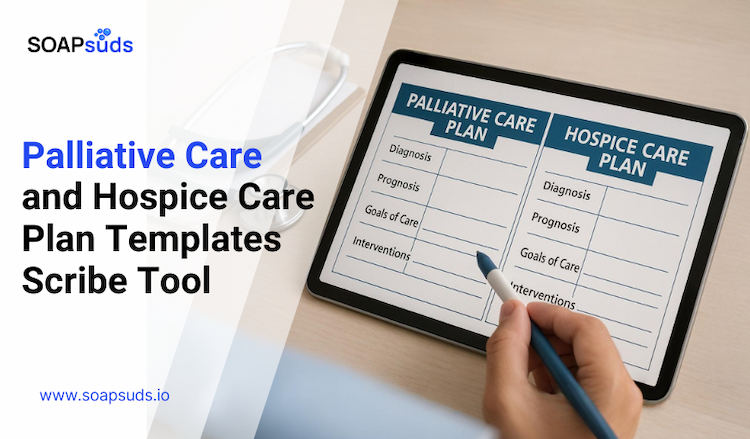How AI Is Driving Medical Transcription Apps
SOAPsuds team
Published: 4/14/2025
SOAPsuds team
Published: 4/14/2025

The value of Electronic Health Records (EHRs) is hard to ignore. It's important for you...

Accurate documentation plays a key role in compliance, reimbursement, and quality assurance in hospice care.

EHRs have greatly improved the modern healthcare system – providing easier access to patient data...

In the healthcare sector, where every second counts, the ability to capture and document...

Healthcare scheduling goes beyond simple planning; it’s the backbone of running organized, well-supported teams

This Palliative Care Plan Template helps clinicians record and manage the changing needs of patients
Clinical Notes
SOAP notes
DAP notes
AI medical notes